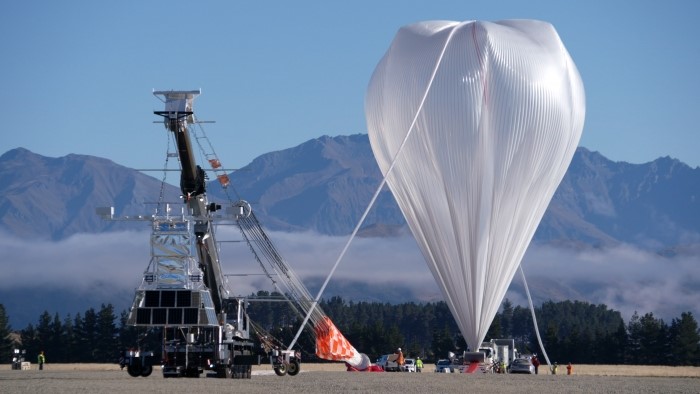NASA successfully launched its football-stadium-sized,
heavy-lift super pressure balloon (SPB) from Wanaka, New Zealand, at 10:50 a.m.
Tuesday, April 25 (6:50 p.m. April 24 in U.S. Eastern Time), on a mission
designed to run 100 or more days floating at 110,000 feet (33.5 km) about the
globe in the southern hemisphere’s mid-latitude band.
“Following
our 2015 and 2016 New Zealand missions, we’ve learned key lessons on the
balloon design that have gone into perfecting the technology for this year’s
flight,” said Debbie Fairbrother, NASA’s Balloon Program Office chief.
“I’m very proud of the team that delivered us to this point and I’m
hopeful that third time’s the charm for realizing 100 days of flight.”
While
validating the super pressure balloon technology is the main flight objective,
the International Extreme Universe Space Observatory on a Super Pressure
Balloon (EUSO-SPB) payload is flying as a mission of opportunity. Also flying
on the payload is a poppy in commemoration of Anzac Day, a national day of
remembrance in New Zealand and Australia similar to the U.S. observance of Memorial
Day.
EUSO-SPB’s
objective is to detect ultra-high energy cosmic rays from beyond our galaxy as
they penetrate the Earth’s atmosphere. As these high-energy particles enter the
atmosphere, they interact with nitrogen molecules in the air and create a UV
fluorescence light. From its high-altitude vantage point, EUSO-SPB will look
downward observing a broad swathe of the Earth’s atmosphere to detect the UV
fluorescence from these deep space cosmic rays coming in from above.

